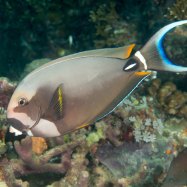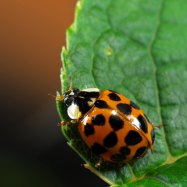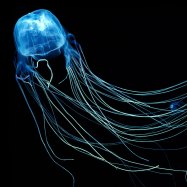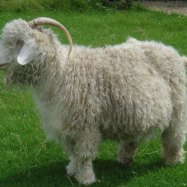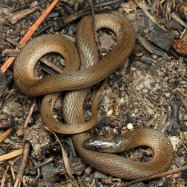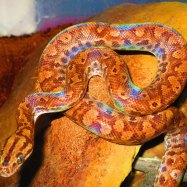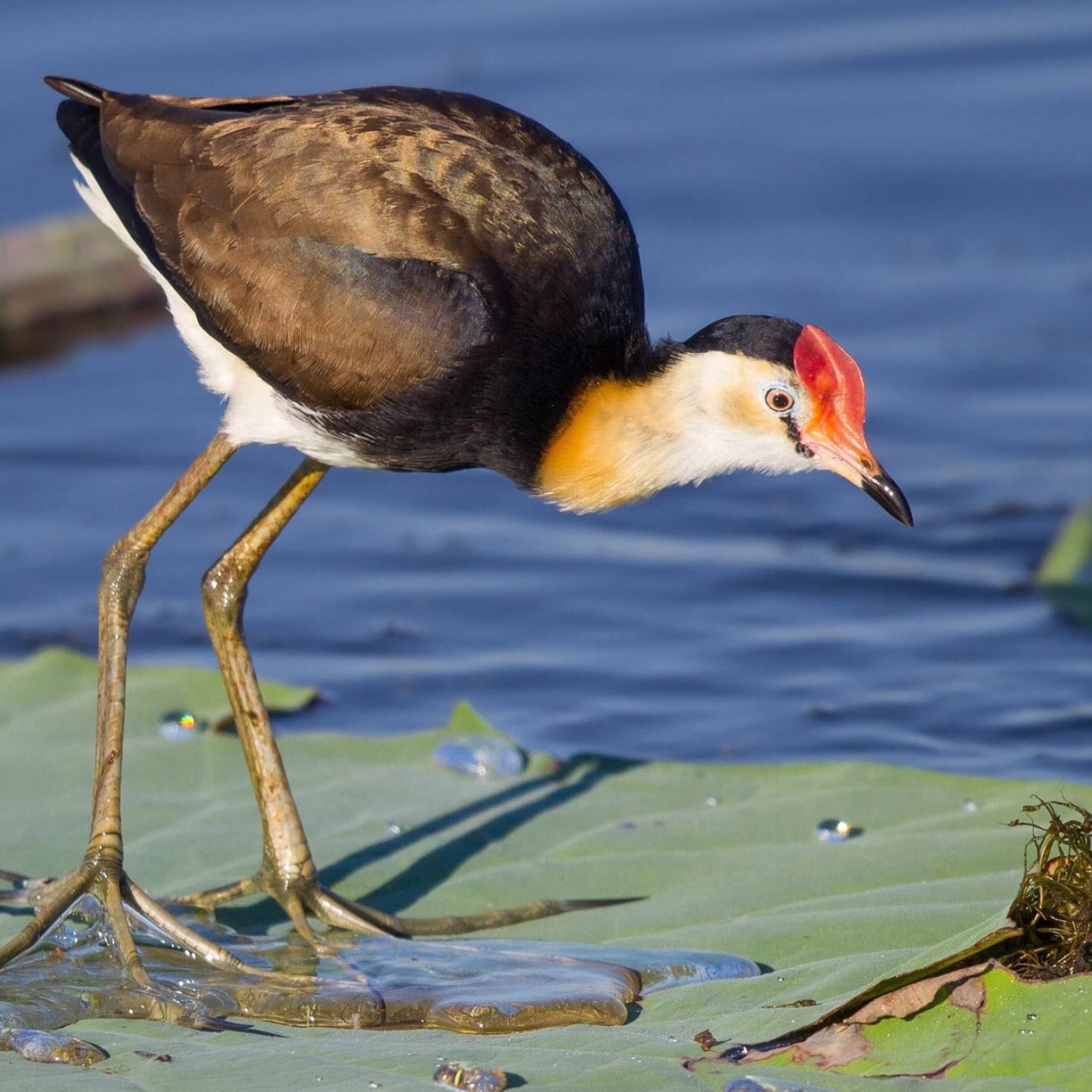
Comb Crested Jacana
25-30 cm
The Comb Crested Jacana, native to Northern Australia, Indonesia, and Papua New Guinea, is a slender and long-legged bird belonging to the Jacanidae family. Measuring 25-30 cm in length, it is easily recognizable by its distinct comb-like crest on its head. These beautiful birds can often be seen balancing on floating vegetation in bodies of water, making them a popular sight for birdwatchers. #jacana #birdwatching #naturelovers
Animal Details Summary:
Common Name: Comb Crested Jacana
Kingdom: Animalia
Habitat: Marshes, swamps, and wetlands
The Incredible Comb Crested Jacana: A Unique and Fascinating Waterbird
The animal kingdom is full of fascinating creatures, each with its own unique characteristics and adaptations that help it thrive in its environment. Some animals are well known and easily recognizable, while others are more elusive and lesser-known. In this article, we will be diving into the world of the Comb Crested Jacana, a remarkable and lesser-known waterbird found in Southeast Asia, Australia, and the Pacific.An Introduction to the Comb Crested Jacana
Scientifically named Irediparra gallinacea, the Comb Crested Jacana is a species of waterbird belonging to the family Jacanidae Comb Crested Jacana. They are commonly known as Comb Crested Jacanas, thanks to their distinct feature of a unique comb-like crest on their head. This bird's appearance and behavior make it stand out among its peers and have earned it various nicknames, such as 'lily trotter' and 'water-witch.'The Comb Crested Jacanas inhabit marshes, swamps, and wetlands, making them excellent swimmers and foragers. These waterbirds are usually found in small flocks, but they are also seen alone or in pairs. They have a wide geographical distribution across Southeast Asia, Australia, and the Pacific, with their country of origin being Australia. However, due to habitat loss and degradation, their populations have declined in many areas, making them a vulnerable species in some regions.
Exploring the Kingdom, Phylum, Class, and Order of the Comb Crested Jacana
Like all living things, the Comb Crested Jacana falls under the Kingdom Animalia, making it a multicellular, eukaryotic organism. They belong to the Phylum Chordata, which includes all animals with a dorsal nerve cord and a supporting rod, called a notochord, at some point during their development.In terms of class and order, the Comb Crested Jacana falls under the class Aves, which includes all birds Chow Pom. The birds in this class are characterized by feathers, wings, and a beak adapted for various feeding methods. Within the class Aves, the Comb Crested Jacana belongs to the order Charadriiformes, which includes shorebirds, gulls, auks, and other waterbirds. Charadriiformes is a diverse order, with over 350 species, and the Comb Crested Jacana is one of the unique members of this group.
The Fascinating Family of Jacanidae
As mentioned earlier, the Comb Crested Jacana belongs to the family Jacanidae, a group of wading birds known for their long toes and claws that help them walk on floating vegetation. This family is relatively small, with only eight species belonging to it. Besides the Comb Crested Jacana, other well-known members of this family include the Northern Jacana and the Wattled Jacana.The Jacanidae family is found in tropical and subtropical regions, with most of its members inhabiting wetlands and shallow lakes. These birds are known for their unique foraging behavior, where they use their long toes to walk on floating vegetation, searching for food. They are also polyandrous, meaning that the females have multiple male partners and often leave the males to care for the eggs and chicks.
Discovering the Habitat of the Comb Crested Jacana
One of the defining features of the Comb Crested Jacana is its unique habitat. These birds are found in marshes, swamps, and wetlands, where they are perfectly adapted to thrive. They have long toes and claws specifically designed to enable them to walk on lily pads and other floating vegetation, giving them access to small invertebrates, insects, and seeds.The Comb Crested Jacana's habitat is crucial to its survival, and any changes or disruptions to it can have a significant impact on these birds. Unfortunately, human activities such as land development and deforestation have caused a decline in their habitat and population in some areas. It is essential to conserve and protect these wetland environments to ensure the survival of these beautiful birds and other species that depend on them.
An Herbivorous Waterbird
The Comb Crested Jacana is a herbivore, meaning that it feeds primarily on plants and plant matter. As previously mentioned, they have adapted to walk on floating vegetation, where they forage for small invertebrates and insects, as well as seeds and grains. Their long beaks are perfectly designed for picking food from the surface of the vegetation.Being herbivorous has its advantages, as plants are usually abundant in their wetland habitat. However, as with any species, they face competition for food with other herbivorous animals in the area. They often feed in small groups, foraging for food together and helping each other spot new food sources.
A Geographical Distribution Spanning Southeast Asia, Australia, and the Pacific
The Comb Crested Jacana has a relatively wide geographical distribution, covering Southeast Asia, Australia, and the Pacific. They are found in countries such as Cambodia, Indonesia, Malaysia, Papua New Guinea, and the Philippines, among others. In Australia, they are predominantly found in Northern Australia, although their exact distribution is not well documented.These birds are non-migratory, meaning that they do not undertake regular and extensive migrations like some other birds. However, they are known to move around in response to changes in their habitat and water levels. They may also disperse to find new breeding areas during the breeding season.
An Interesting Body Shape and Coloration
The Comb Crested Jacana's slender and long-legged body is another defining feature that sets it apart from other waterbirds. Their sleek and streamlined bodies make them excellent swimmers, allowing them to navigate through the water with ease. Their long legs and toes are also highly specialized for their unique walking-on-vegetation foraging behavior.The Comb Crested Jacana's coloration, too, is distinctive and attractive. These birds have a black, brown, and white plumage, with brown feathers covering most of their body. Their crests are black, and the tips of their primary feathers are white, adding a touch of contrast to their overall appearance. The females may have a slightly duller coloration than the males, but both sexes have the striking comb-like crest.
Size and Weight of the Comb Crested Jacana
The Comb Crested Jacana is a relatively small bird, measuring 25-30cm in length, with a wingspan of about 30-35cm. They are significantly lighter than they look, weighing in at only 100-200g. Despite being small and lightweight, these birds are quite active and agile, thanks to their specialized adaptations and body shape.Their size and weight make them vulnerable to predators, such as large birds of prey and snakes. However, their unique foraging behavior and ability to walk on floating vegetation give them an advantage, as it allows them to escape to safer areas when needed.
Conservation Status of the Comb Crested Jacana
The Comb Crested Jacana is unfortunately facing various threats and challenges that have led to a decline in some of its populations. The destruction and degradation of wetland habitats due to human activities are one of the major threats to these birds. Pollution and introduced predators, such as cats and foxes, also pose a significant risk to their survival. Additionally, climate change and extreme weather events, such as droughts and floods, can also impact their habitat and food sources.However, efforts are being made to conserve and protect this unique waterbird. The International Union for Conservation of Nature (IUCN) has listed the Comb Crested Jacana as a species of least concern, meaning that its overall population is stable. Various habitat restoration and conservation projects, such as wetland protection and management, are also underway to safeguard their future.
Conclusion
In conclusion, the Comb Crested Jacana is an incredible and unique waterbird that has captured the curiosity of many bird enthusiasts. From its distinctive crested head and specialized foraging behavior to its unique habitat and challenges facing its conservation, this bird has many interesting features that make it stand out in the animal kingdom. As we continue to learn more about these fascinating creatures, it is essential to also work towards conserving and protecting their habitats to ensure their survival for generations to come. So, the next time you spot a Comb Crested Jacana, take a moment to appreciate its small but mighty presence in our natural world.

Comb Crested Jacana
Animal Details Comb Crested Jacana - Scientific Name: Irediparra gallinacea
- Category: Animals C
- Scientific Name: Irediparra gallinacea
- Common Name: Comb Crested Jacana
- Kingdom: Animalia
- Phylum: Chordata
- Class: Aves
- Order: Charadriiformes
- Family: Jacanidae
- Habitat: Marshes, swamps, and wetlands
- Feeding Method: Herbivore
- Geographical Distribution: Southeast Asia, Australia, and the Pacific
- Country of Origin: Australia
- Location: Northern Australia, Indonesia, Papua New Guinea
- Animal Coloration: Black, brown, and white
- Body Shape: Slender and long-legged
- Length: 25-30 cm
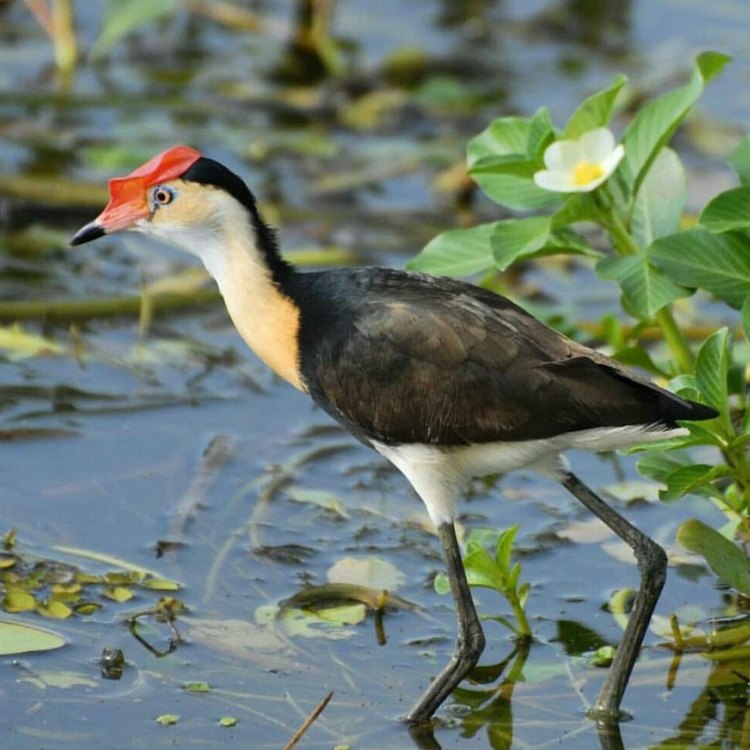
Comb Crested Jacana
- Adult Size: Small to medium-sized
- Average Lifespan: 5-8 years
- Reproduction: Sexual
- Reproductive Behavior: Polyandrous mating system
- Sound or Call: High-pitched descending whistles
- Migration Pattern: Non-migratory
- Social Groups: Solitary or in small groups
- Behavior: Active during the day (diurnal), forages for food by walking on aquatic vegetation
- Threats: Habitat loss, pollution, hunting
- Conservation Status: Least Concern
- Impact on Ecosystem: Seed dispersion
- Human Use: Ecotourism
- Distinctive Features: Comb-like crest on the forehead, long toes and claws
- Interesting Facts: Females are larger and more colorful than males, males incubate the eggs and care for the young
- Predator: Snakes, birds of prey, and monitor lizards
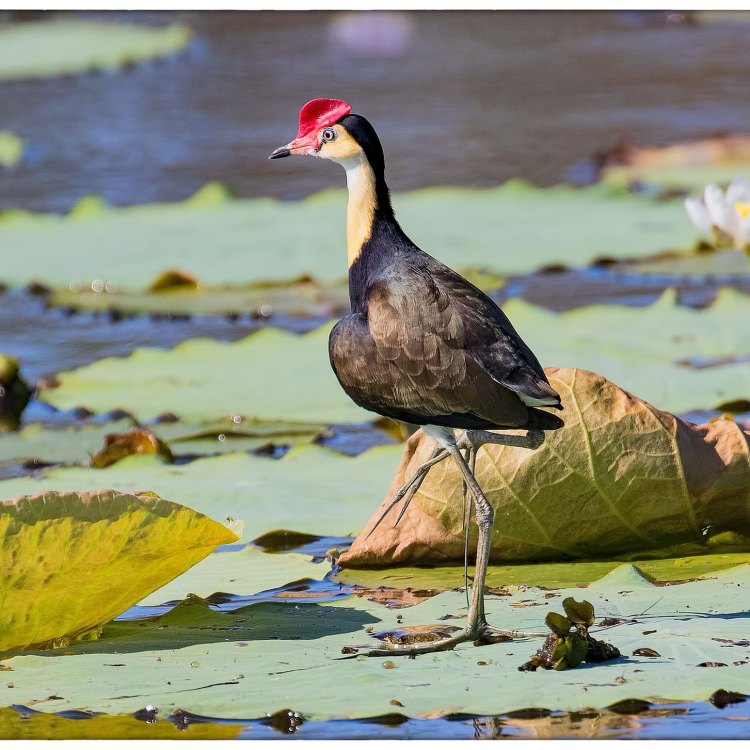
Irediparra gallinacea
The Unique Comb Crested Jacana: A Fascinating Bird with a Comb on its Head
In the lush wetlands of Africa, South Asia, and Australia, a small to medium-sized bird with a striking crowning feature can be found. The Comb Crested Jacana (Irediparra gallinacea) is a fascinating avian species that has captured the interest of many with its distinctive comb-like crest on its forehead. But this unique feature is just one of the many reasons why this bird is worth knowing more about.Adult Comb Crested Jacanas can grow up to 8 PeaceOfAnimals.Com.3 inches in length, making them one of the smallest birds in the wetland environment. They have a wingspan of 9 inches and weigh around 2-4 ounces, making them agile fliers and excellent navigators of their habitat. With an average lifespan of 5-8 years, these birds may not have a long life, but they surely make the most out of their time.
The reproductive behavior of Comb Crested Jacanas is sexual, with females engaging in a polyandrous mating system. This means that a female may have multiple male partners, and the males are responsible for incubating the eggs and caring for the young. This is a rare behavior in birds, making the Comb Crested Jacana even more intriguing.
One of the first things you'll notice about the Comb Crested Jacana is its high-pitched descending whistle call. This vocalization is used for communication with other birds and for territorial purposes. It's also a distinctive sound that sets them apart from other birds in their habitat Cone Snail.
Unlike many other bird species, Comb Crested Jacanas are non-migratory, meaning they do not travel long distances during particular times of the year. They prefer to stay in their preferred wetland habitats, where they can find ample food and resources. These birds are also solitary or found in small groups, which allows them to have a quieter and more peaceful environment.
Comb Crested Jacanas are active during the day, making them diurnal birds. They have a unique foraging behavior where they use their long toes and claws to walk on aquatic vegetation in search of food. They have a varied diet that includes insects, spiders, mollusks, and even small fish.
However, this beautiful bird is facing several threats to its survival. Like many other animals, habitat loss, pollution, and hunting remain as the biggest threats to the Comb Crested Jacana's existence. Wetlands are being converted for human activities, disrupting the bird's natural feeding and breeding habitats. Pollution from human activities, such as oil spills and chemical runoff, can also affect the health of these birds and their ecosystem. Furthermore, illegal hunting and collection of their eggs for the pet trade also pose a significant threat to their population.
Despite these challenges, the Comb Crested Jacana's conservation status is currently listed as Least Concern by the International Union for Conservation of Nature (IUCN). This means that although the population is decreasing, it's not at high risk of extinction yet. However, continued conservation efforts are necessary to ensure their survival and prevent their status from being elevated to a more concerning category.
One crucial role that these birds play in their ecosystem is seed dispersion. As they walk on aquatic vegetation, seeds can attach to their feet and be transported to other areas, contributing to plant growth and maintaining biodiversity in their habitat.
Apart from their ecological importance, Comb Crested Jacanas also have a human use. They have become a popular attraction for ecotourism, with many bird enthusiasts and nature lovers seeking to observe them in their natural habitat. This form of sustainable tourism can bring in revenue to local communities and promote the conservation of these unique birds.
But what truly sets the Comb Crested Jacana apart and makes it a must-see bird is its distinctive features. Its most notable feature is, of course, the comb-like crest on its forehead. This unique adaptation is made of stiff feathers and is used for display and aggression during breeding season. It also acts as a sensory organ, helping the bird navigate through its environment. Apart from the comb, the Comb Crested Jacana also has long toes and claws, which enable them to walk on floating vegetation and give them a more distinct appearance.
Interestingly, females of this species are larger and more colorful than males. Their vibrant colors and patterns make them stand out, while males are more dull in appearance. This reversed sexual dimorphism is a rare occurrence in birds and adds to the uniqueness of the Comb Crested Jacana.
As with any other animal, Comb Crested Jacanas have predators in their habitat. They are preyed upon by snakes, birds of prey, and monitor lizards. However, they have adapted to protect themselves by being excellent runners and fliers, making it challenging for predators to catch them.
In conclusion, the Comb Crested Jacana is a truly remarkable bird with a unique appearance and behavior that makes it a captivating subject of study. From their polyandrous mating system to their comb-like crest and active foraging behavior, these birds have captured the attention and curiosity of bird lovers and researchers alike. As we continue to learn more about these fascinating creatures, it's essential to remember the threats they face and work towards their conservation to ensure that future generations can still marvel at their beauty and contribution to the ecosystem.
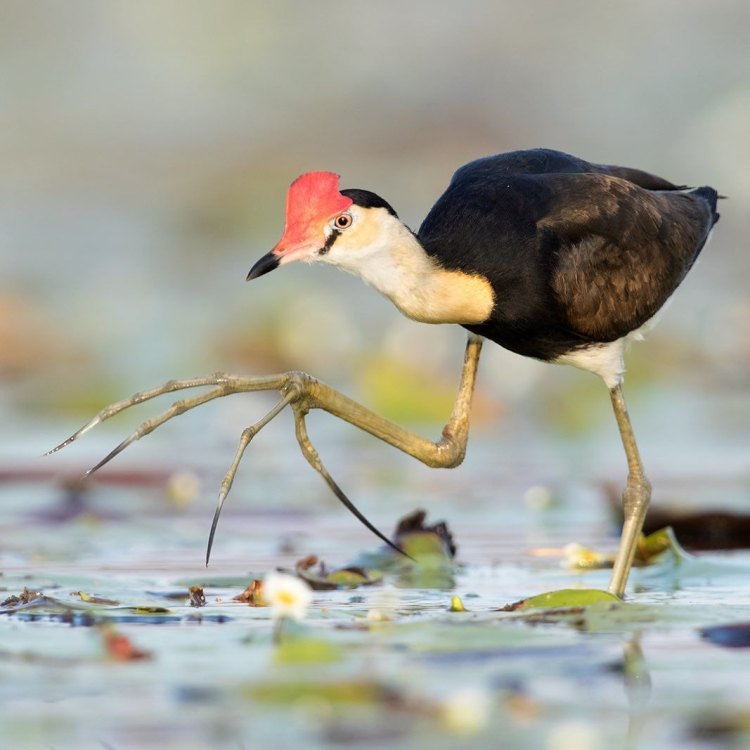
The Incredible Comb Crested Jacana: A Unique and Fascinating Waterbird
Disclaimer: The content provided is for informational purposes only. We cannot guarantee the accuracy of the information on this page 100%. All information provided here may change without prior notice.

